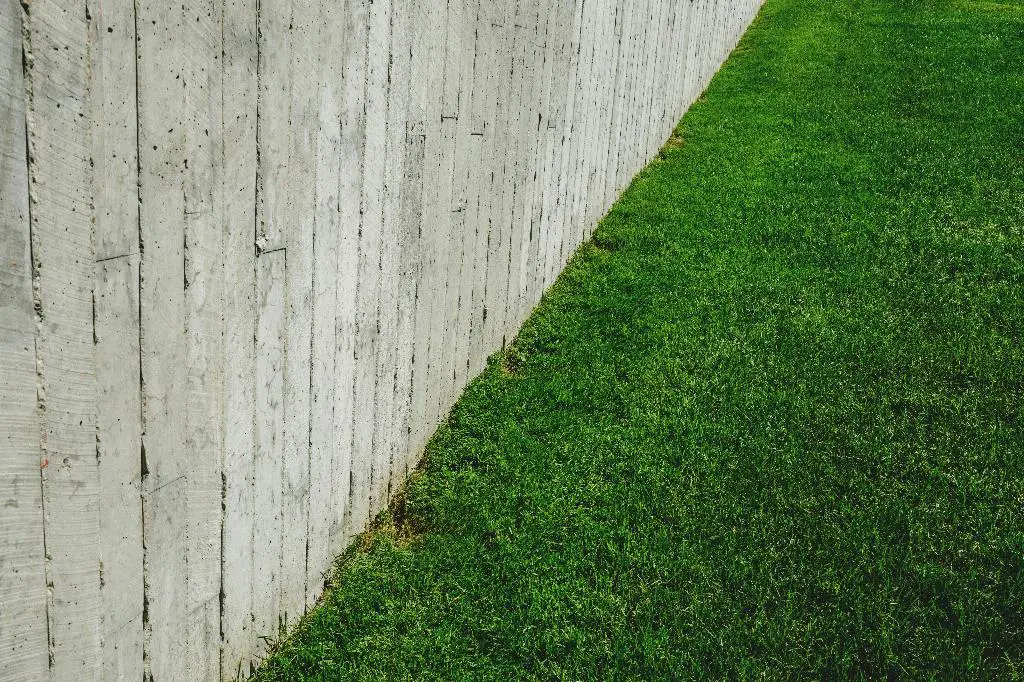Before you start seeding your lawn, it’s crucial to prepare the ground properly. Remove any debris, such as rocks or branches, and ensure the soil is level and free of weeds. This step sets the foundation for successful grass seed growth.
Adding Essential Nutrients
Next, it’s time to boost your soil’s health by adding essential nutrients. Consider using a high-quality fertilizer to provide the grass seeds with the necessary nutrients for strong root development and overall growth.
Planting the Grass Seed
Once the ground is prepared and nutrients are added, it’s time to plant the grass seed. Ensure you follow the instructions on the seed packaging regarding the amount of seed to use per square foot to achieve optimal coverage.
Protecting the Grass Seed
After planting the grass seed, it’s important to protect it from birds, wind, and other elements that may disrupt the seeding process. Consider using a light mulch to cover the seeds and provide them with a safe environment to grow.
Watering for Growth
Watering is a crucial step in the seeding process. Keep the soil consistently moist, but be cautious not to overwater, as it may lead to fungal growth. Regular and deep watering promotes healthy grass seed germination.
Mowing and Weed Control
Once the new grass begins to grow, it’s essential to mow it to the appropriate height to encourage healthy growth. Additionally, be diligent in controlling weeds that may compete with the new grass for nutrients and sunlight.
Preparing an Existig Lawn
If you’re looking to seed an existing lawn, start by preparing the grass by mowing it to a short height. This step allows the new grass seeds to make better contact with the soil for improved germination.
Soil Preparation for Growth
Before planting grass seed on an existing lawn, prepare the soil by aerating it to alleviate compaction and improve air and water penetration. Loosen any compacted areas to create an ideal environment for new grass seed growth.
Choosing the Right Grass Seed
When selecting grass seed for your lawn, consider factors such as your region’s climate, sunlight exposure, and intended use of the lawn. Choose a high-quality grass seed variety that suits your specific lawn needs.
Monitoring Growth and Health
Throughout the seeding process, monitor the growth and health of the new grass regularly. Look out for signs of disease, pests, or inadequate watering, and address any issues promptly to ensure the success of your lawn seeding project.
Patience and Consistency
Seeding a lawn requires patience and consistency. With proper care, consistent watering, and attention to detail, you can enjoy a lush and healthy lawn that enhances your outdoor space.

Professional Assistance
If you encounter challenges or need guidance during the lawn seeding process, don’t hesitate to seek professional assistance from landscaping experts or garden centers. They can offer valuable advice and solutions to help you achieve your desired lawn results.
